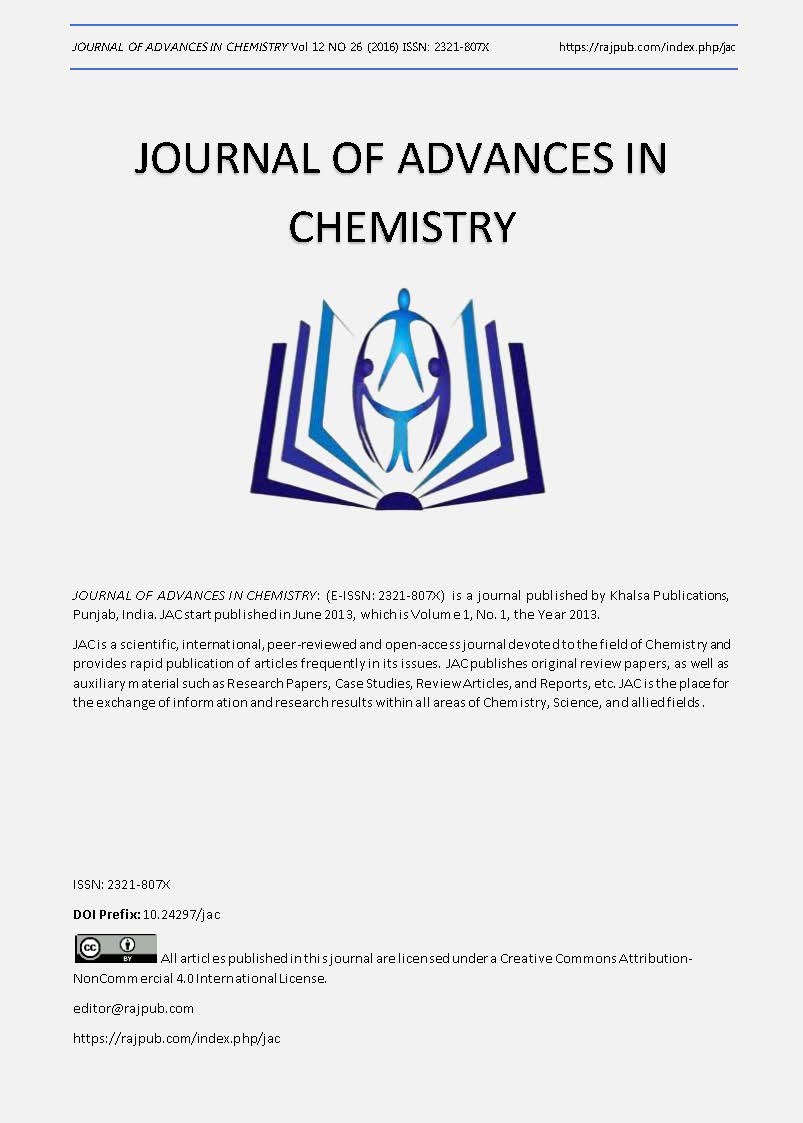DETECTION OF MALIGNANT TUMOUR IN MAMMOGRAPHY IMAGES USING ADAPTIVE CLUSTERING SEGMENTATION
DOI:
https://doi.org/10.24297/jac.v12i26.1985Keywords:
Pre-processing, adaptive clustering segmentation, threshold comparison, accuracy and breast cancer detection.Abstract
The group of cancer cells that initiate from the breast cells and it expands from tissue of breast and leads to breast cancer. To identify the breast cancer Mammogram is one of the efficient techniques used now days in earlier using x-ray images of breast and this will reduce the death ratio of breast cancer patients. A new approach is implemented to detect the breast cancer of women by its image and it is discussed in this paper. Initially, pre-processing is applied which converts the original image into gray scale and adaptive clustering segmentation is implemented. Based on segmented image feature is extracted and compared with normal patient image. Normal patient parameters are taken and considered as threshold value and processed patient value is compared to identify the abnormal patient. Hence the accuracy of proposed approach is measured by the factors like Sensitivity, Specificity and Accuracy. Hence it shows that proposed works obtains better detection of cancer when compared to other existing methods.Â
Downloads
References
[2] Chowdhury M. I. and Robinson J. A., “Improving Image Segmentation Using Edge Information,†in Proceedings of the 1st IEEE Conference on Electrical and Computer Engineering, Halifax, Canada, vol.1, pp. 312-316, 2000.
[3] Gary R. M. and Linde Y., “Vector Quantizers and Predicative Quantizers for Gauss-Markov Sources,†IEEE Transactions on Communication, vol. 30, no. 2, pp. 381-389, 1982.
[4] Salman N. and Liu C. Q., “Image Segmentation and Edge Detection Based on Watershed Techniques,†International Journal of Computers and Applications, vol. 25, no. 4, pp. 258-263, 2003.
[5] Tang H., Wu E. X., Ma Q. Y., Gallagher D., Perera G. M., and Zhuang T., “MRI Brain Image Segmentation by Multi-Resolution Edge Detection and Region Selection,†Computerized Medical Imaging and Graphics, vol. 24, no. 6, pp. 349-357, 2000.
[6] Thrasyvoulos N. P., “An Adaptive Clustering Algorithm for Image Segmentation,†IEEE Transaction on Signal Processing, vol. 40, no. 4, pp. 901-914, 1992. [7] Tou J. T. and Gonzalez R. C., Pattern Recognition Principles, Addison Wesley, USA, pp. 75-97, 1974.
[7] Vincent L. and Soille P. “Watershed in Digital Space: An Efficient Algorithm Based on Immersion Simulations,†IEEE Transactions on Pattern Analysis and Machine Intelligence, vol. 13, no. 6, pp. 583-593, 1991.
[8] Yan M. X. H. and Karp J. S., “Segmentation of 3D Brain MR Using an Adaptive K-means Clustering Algorithm,†in Proceedings of the 4th IEEE Conference on Nuclear Science Symposium and Medical Imaging, San Francisco, USA, vol.4., pp. 1529-1533, 1995.
[9] Yu Y. and Wang J., “Image Segmentation Based on Region Growing and Edge Detection,†in Proceedings of the 6th IEEE International Conference on Systems, Man and Cybernetics, Tokyo, vol.6., pp. 798-803, 1999.
Downloads
Published
How to Cite
Issue
Section
License
 All articles published in Journal of Advances in Linguistics are licensed under a Creative Commons Attribution 4.0 International License.
All articles published in Journal of Advances in Linguistics are licensed under a Creative Commons Attribution 4.0 International License.




